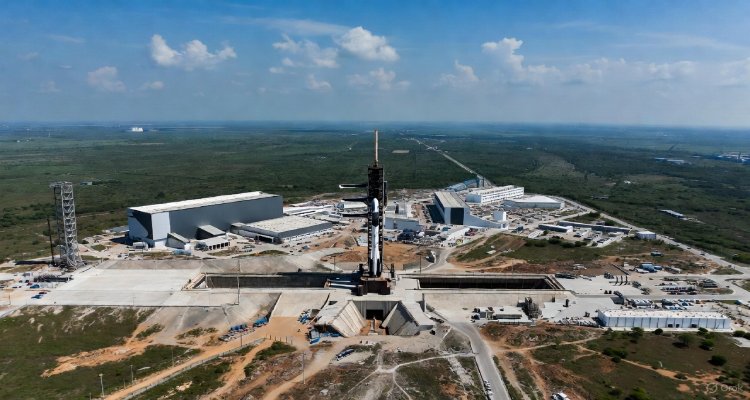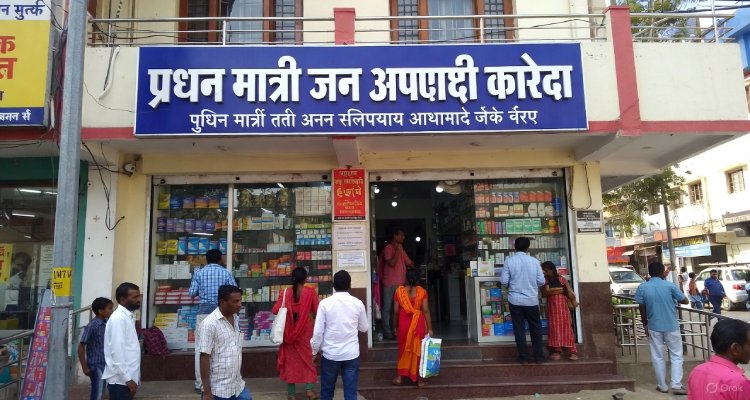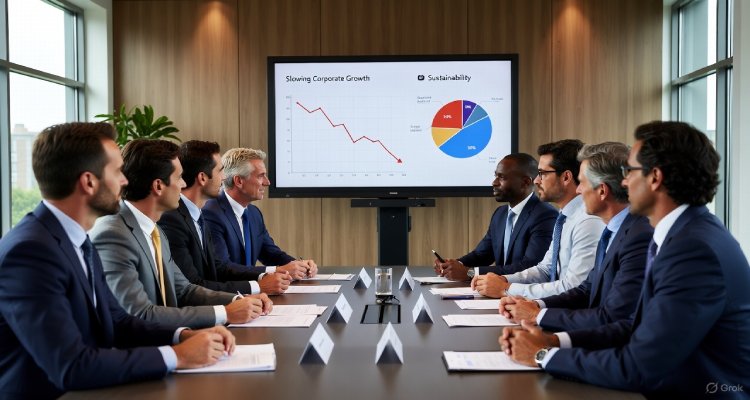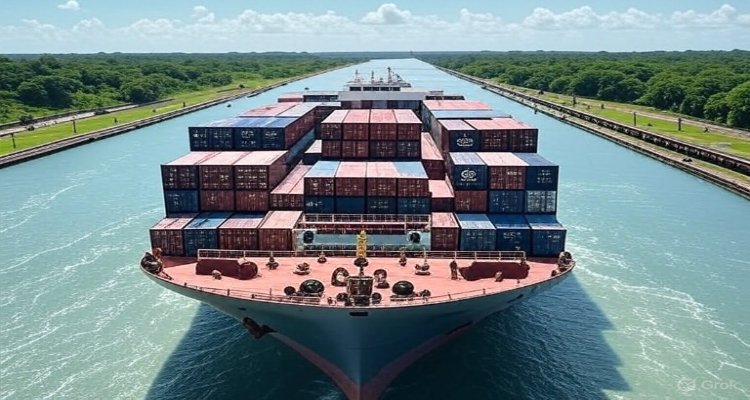How a Single Shipping Route Controls the Price of Your Coffee
A narrow shipping route thousands of miles away could decide how much you pay for your morning coffee. Here’s the hidden trade link fueling global coffee prices.
Introduction: The Invisible Route Behind Your Morning Brew
Your first sip of coffee in the morning may feel worlds away from the churning waters of an international shipping lane. But the truth is, the price you pay for those roasted beans is often determined by a single maritime passage—one that most people have never even thought about. When that route slows, clogs, or closes, global coffee prices can spike within days.
Context & Background: Coffee’s Long Journey to Your Cup
Coffee is one of the world’s most traded commodities, with billions of cups consumed daily. The beans are grown primarily in equatorial nations—Brazil, Vietnam, Colombia, Ethiopia—and then shipped to roasters and retailers in Europe, North America, and Asia.
The lifeline connecting these producers and markets is not just air freight or local transport—it’s maritime shipping. And for certain coffee shipments, especially from South America to Europe or Asia, one route plays an outsized role: the Panama Canal.
This narrow 50-mile waterway is the shortcut linking the Atlantic and Pacific Oceans. Without it, coffee shipments would need to travel thousands of extra miles around South America’s Cape Horn—a journey that adds weeks and huge costs to delivery.
Main Developments: When the Route Falters, Prices Jump
In recent years, the Panama Canal has faced a serious challenge: droughts. Lower rainfall means less water to fill the canal’s locks, forcing authorities to restrict the number of ships passing through each day.
For coffee traders, these delays are not just inconvenient—they’re expensive. A single week’s delay can lead to:
- Increased shipping costs as companies compete for limited passage slots.
- Higher insurance premiums due to extended time at sea.
- Price speculation in coffee futures markets, pushing retail prices up even before the beans arrive.
In August 2024, for example, restricted traffic at the Panama Canal coincided with a 12% jump in global coffee prices. Traders cited the shipping bottleneck as a key factor alongside crop concerns in Brazil.
Expert Insight: Why Coffee Is So Sensitive to Shipping Delays
“Coffee is a time-sensitive commodity,” says Dr. Elena Marques, a trade logistics analyst at the Global Commodity Institute. “Even though beans have a longer shelf life than fresh produce, the coffee industry runs on just-in-time supply chains. A disruption in shipping routes means roasters can’t meet demand, and prices adjust almost instantly.”
Retailers confirm this trend. James Porter, owner of a specialty coffee roasting company in New York, notes, “When our shipments get delayed, we either pay a premium to source beans from closer—but more expensive—origins, or we pass those costs to customers. Either way, the consumer feels it.”
Impact & Implications: Beyond Coffee
The Panama Canal isn’t just vital for coffee—it’s essential for global trade in grain, fuel, manufactured goods, and electronics. But coffee stands out because of its vast consumer base and cultural significance.
If climate-driven droughts continue to impact water levels in the canal, the coffee supply chain could see more frequent disruptions. Some exporters are already exploring alternative shipping routes through the Suez Canal or via land transport across Central America, but these options are slower and costlier.
For consumers, this could mean coffee prices that fluctuate more sharply, seasonal shortages of certain bean varieties, and higher costs for premium blends.
Conclusion: The Global Route in Your Coffee Cup
Your morning brew is more than just beans and water—it’s the result of a delicate global network where geography, climate, and logistics collide. A single shipping route, thousands of miles from your kitchen, has the power to raise or lower your coffee bill.
The next time you take that first sip, you might think about the Panama Canal, the droughts that slow it, and the invisible web of trade that makes your coffee possible.
Disclaimer: This article is for informational purposes only. It does not constitute financial advice, investment recommendations, or predictive claims about commodity prices. Data and expert commentary are based on publicly available trade and shipping information at the time of writing.











